Who says you need a million-dollar budget to look like a million bucks? Luxury branding isn’t always about spending big, it’s about being intentional and consistent to create a brand people can’t forget. Even with a smaller marketing budget, you can give your brand that upscale feel by borrowing a few tricks from the big players.
- Keep It Clean & Minimal
Luxury rarely looks loud. Think of Chanel or Apple, simple colors, tons of white space, minimal copy. They’re so confident in their product that they don’t need to shout. Think about how truly wealthy people rarely flaunt obnoxious logos or flashy prints. They’re quiet with their wealth because confidence doesn’t need noise. That same energy should carry through your branding: understated but powerful.
Don’t overcomplicate it—simplicity = sophistication.
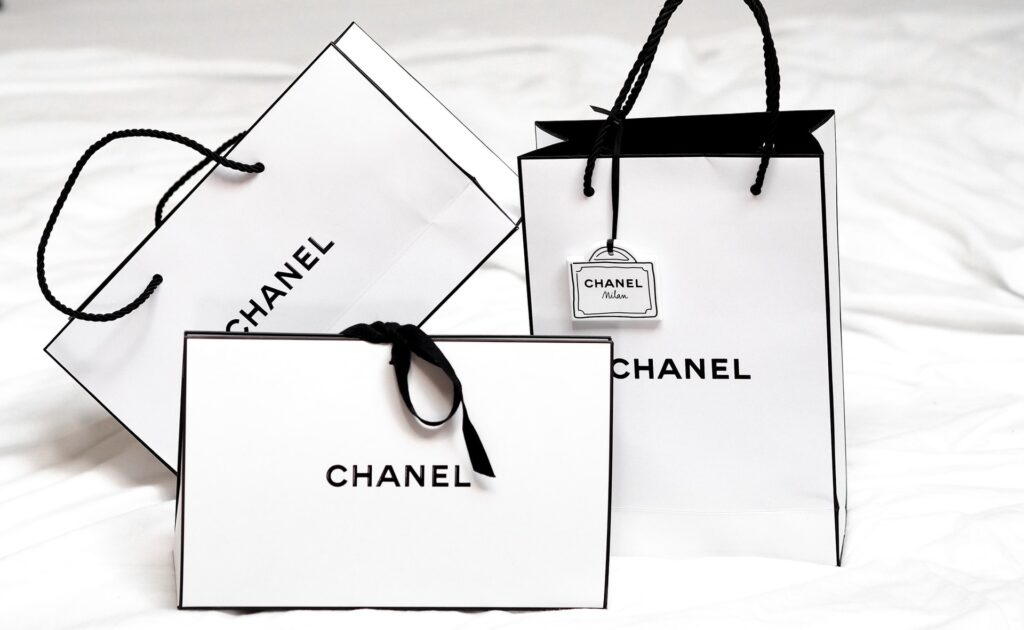
- Focus on Quality Over Quantity
Luxury brands aren’t flooding your feed every two hours. They’re curating. Every ad, post, or email feels intentional and worth your time. Posting less often but making each post look and feel amazing is what sets a brand apart.
Instead of stretching yourself thin across every platform, pick the one or two channels that give you the best return. Maybe your audience really lives on Instagram and Pinterest—then pour your energy there. A few stunning, thoughtful posts will go further than a dozen rushed ones.
- Invest in Photography (But Be Smart About It)
Brands like Aesop or COS look expensive mostly because of their visuals. Crisp lighting, neutral backdrops, and clean product shots can make even a budget brand look luxe.
You don’t need a professional photographer for every shoot, your phone camera works just fine if you frame it well. Use natural light and minimal props that you already have for photoshoots. Aesthetic matters more than expensive equipment.
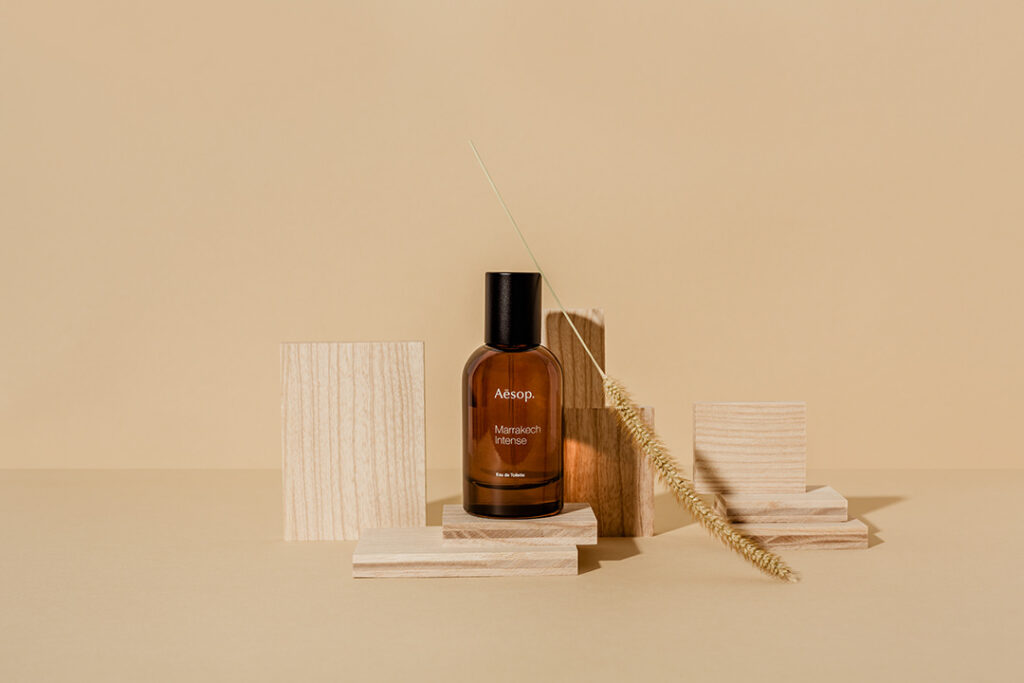
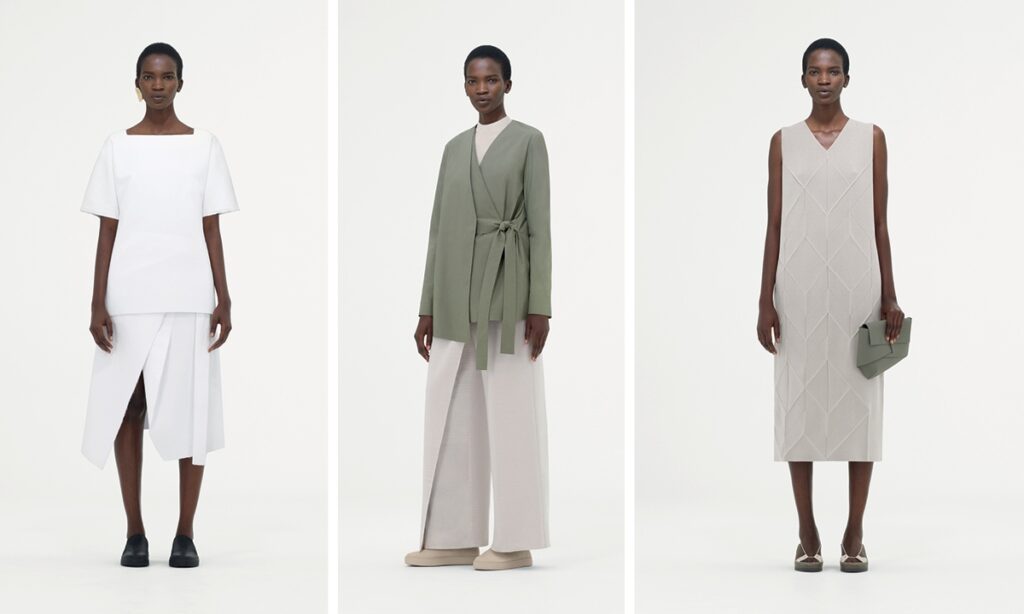
- Copywriting Like a Luxury Brand
Luxury brands speak softly but with power. Hermès or Dior don’t scream their value—they whisper it, and you lean in. Fewer words and simple fonts, but every one feels intentional. Trim your copy down. Swap hype-y, over-explaining phrases for short, sensory ones. You’re creating a mood, not a sales pitch.
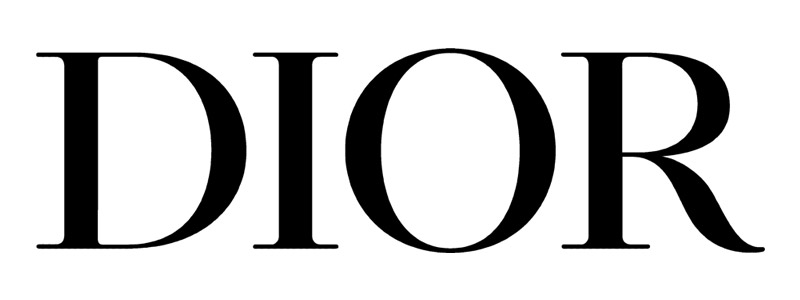
- Build Exclusivity Into Your Strategy
Upscale brands thrive on exclusivity—limited drops, pre-orders, and waitlists keep people hooked. That air of “not everyone gets this” makes buyers feel special. And guess what? Exclusivity costs you nothing but smart planning.
Create small-batch releases or announce that certain items will only be available for a short time. You can even start a VIP list for early access. People love feeling like insiders, and it adds that luxurious touch without a big spend.
- Consistency Is Your Currency
Luxury feels polished because everything matches. Whether it’s Glossier’s pink bubble wrap pouches or Apple’s sleek typography, consistency is what makes them instantly recognizable. If your Instagram grid, website, and packaging all feel disconnected, you lose that polished edge.
Create a simple brand guide and actually use it. Stick to the same color palette, fonts, and tone across every touchpoint—social posts, packaging, emails, and ads. That cohesion is what tricks the brain into thinking “high-end.”
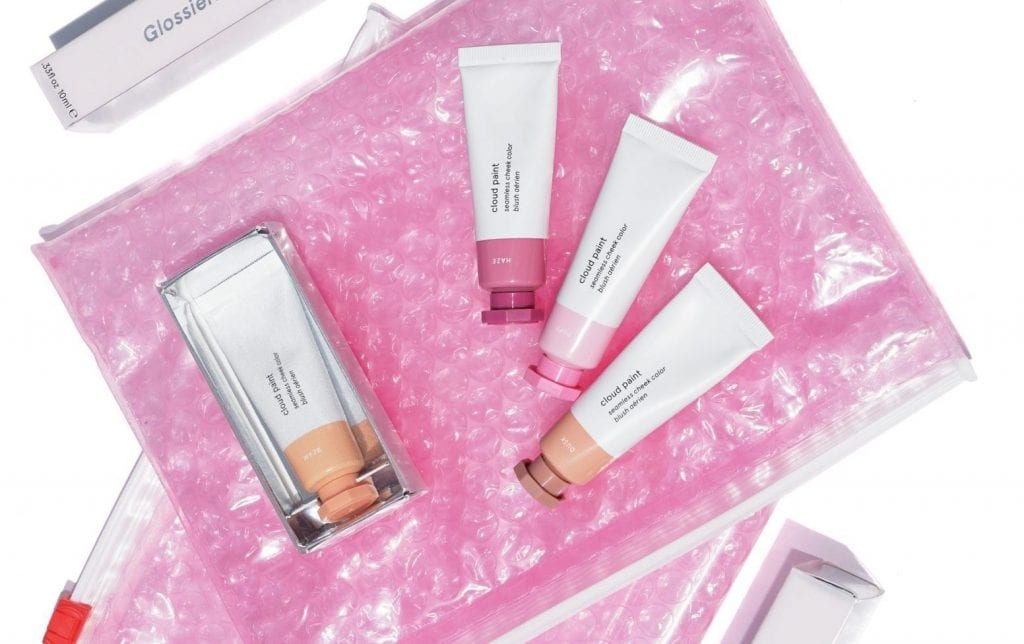
Wrapping It Up
You don’t need a Champagne budget to make your brand feel luxurious. By focusing on minimalism, confident messaging, and consistency, your brand can radiate luxury—even on a long island iced tea budget!
At the end of the day, luxury is about how you make people feel. A thoughtful, elevated experience will always outshine flashy spending. So pour yourself a glass (a long island works just fine), and start building a brand that looks like a million bucks—without the million-dollar bill.
- The Biggest Paid Ads (PPC) Trends Shaping 2026 - November 14, 2025
- How AI Is Reshaping Paid Ads - October 16, 2025
- Champagne Branding On A Long Island Iced Tea Budget - September 24, 2025

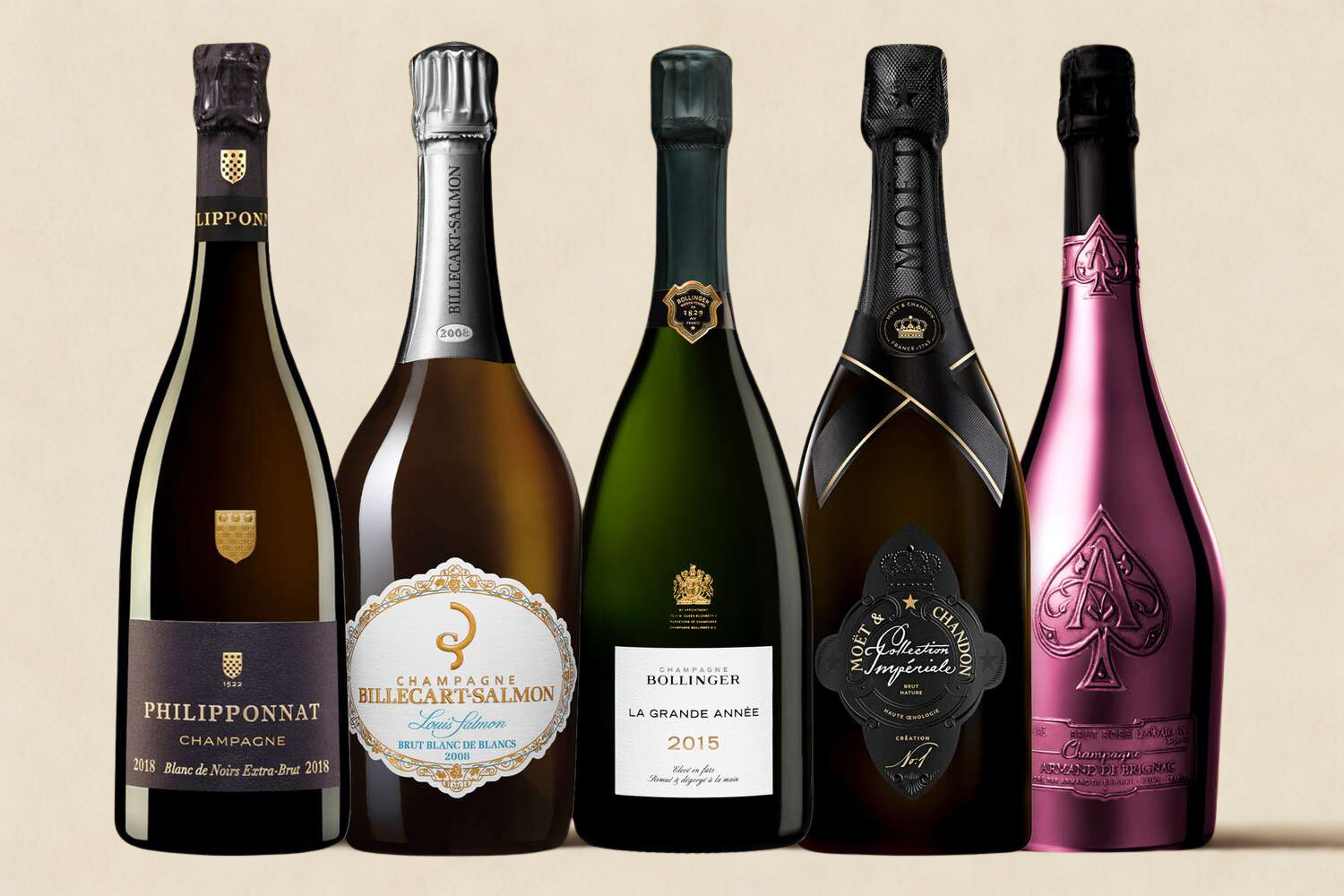
0 Comments